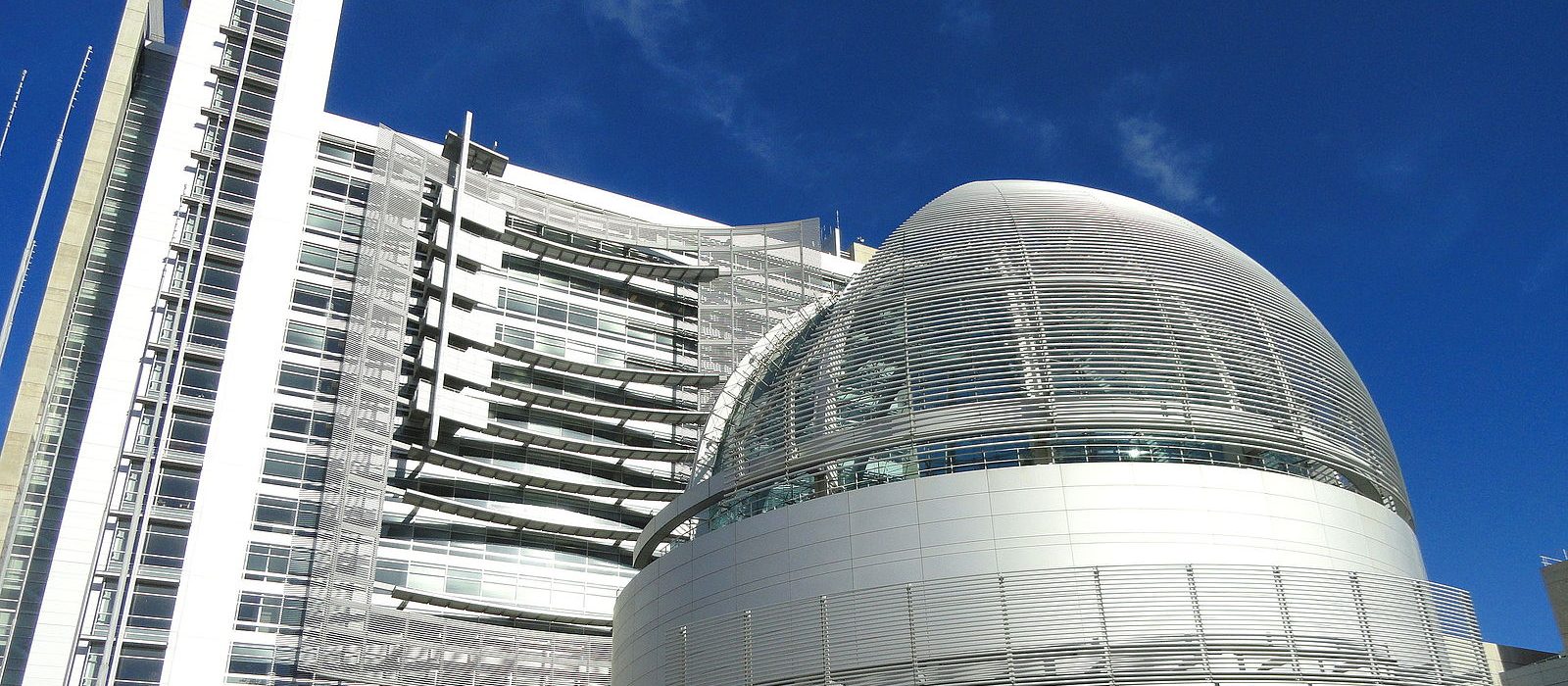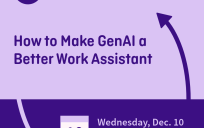Silicon Valley is home to the global center of innovative technology. Private sector companies that spearheaded technologies from personal computing to video games have thrived in this California region. But in the public sector, San Jose’s Office of Civil Innovation and Digital Strategy knows that what’s best for constituents isn’t always the latest tech.
“We can deliver more user-centered services even with fairly basic technologies that have been around for 10 or more years,” said Digital Services Lead Michelle Thong.
For San Jose, it was the implementation of a smart phone app for 311 reporting, My San Jose, that truly made a difference. According to the San Jose Civic Innovation and Digital Strategy website, in the first three months of 2019, the city received more than 40,000 requests from 7,300 registered users reporting potholes, graffiti, illegal dumping and other general inquiries for assistance.
Thong said that the vision for the app was to develop an end-to-end service that changes the way people feel about their city. Reporting a pothole and then seeing it get fixed, she explained, can shift perceptions surrounding the effectiveness of local government.
But duplicate reports quickly became a problem. Staff assumed that adding a way to show citizens what was previously reported would solve their duplicates problem. The logic was that an individual would not see the need to report the incident if they knew that the city had already been alerted.
After testing this new feature, the results showed just the opposite.
“[Citizen] satisfaction was going to come from the fact that they noticed the problem and reported to the city,” Thong said. “If nine other people had reported the problem, then they wanted to be the tenth person. And they also felt that the more people the city heard from, the faster we would be to respond.”
In this moment, Thong said that her team realized that even if something seems like a good idea from the digital services perspective, it could be viewed and interacted with quite differently by the end user. Despite their efforts, it may seem that San Jose’s digital services team got the solution wrong, but Thong viewed the effort differently.
“Anytime we can have our assumptions disproven by users, that means we’re doing something right because we’re asking the right questions,” she said.
The Core Principles of Digital Services in San Jose
In the public sector, the number of good questions to ask and problems to solve are endless. Most employees are motivated to serve in some capacity, but there are not always enough resources to meet every expectation.
“One of the reasons why government is so wonderful to work in is that we have such a big mission,” Thong said. “You wake up every day and feel like you’re doing really important work. Because it’s such a big mission, it’s really hard to say no to things.”
To overcome this, Thong and the San Jose digital services team practice the discipline of prioritization. Every mission is important and every department of government could be working better, but making the decision to solve a select few problems at a time leads to more effective project management.
The San Jose team agrees on a finite list of items to accomplish and then they work in two-week sprints to meet their goals. They evaluate how the project went and try to keep improving. Thong said that instead of endless planning, her team hits the ground running and gets things done.
Ultimately the biggest priority for most digital services teams is the user experience. Thong wants to normalize the way San Jose connects with residents by solving problems in the way that suits their needs instead of just making decisions internally.
“Our users don’t necessarily have a choice about using our services,” she said. “We are here to serve our residents and our businesses and in order to be effective as an organization, we need to have trust with the people that we serve.”
Digital service teams are not about the emerging technologies or deciding what’s best for the citizens, Thong concluded, they are about focusing on the outcomes to intentionally bring about a better citizen experience.





Rob Lloyd and his team at City of San Jose are doing great work modernizing the city’s systems. San Jose is truly on a path to become the most innovative city by 2020, a lofty goal, but one, I am sure they will achieve.